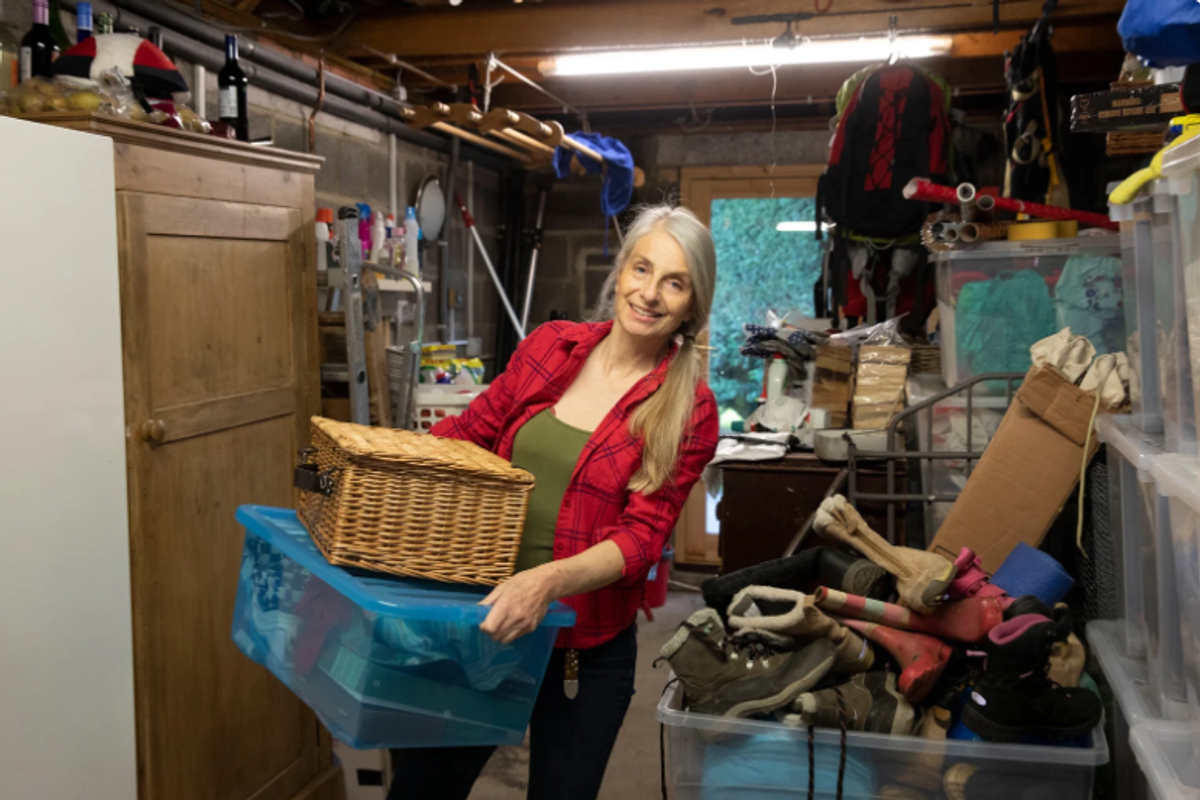After 38 members of his family died, he founded a soccer team to heal his community. It's working.
Survivors lead lonely lives in the face of stigma.
Like many in Sierra Leone, Erison Turay plays soccer. What's unique is the reason why.
Last year, Erison was infected with Ebola. During the summer months of 2014, he lost 38 family members to the Ebola outbreak. He was infected while trying to shuttle sick relatives to safety. He and his mother survived, but their lives were forever changed.
Pulitzer Prize-winning video journalist Ben Solomon traveled to Sierra Leone to document Erison's survival story.
This powerful New York Times documentary is a visually stunning look inside the lives of a group of Ebola survivors led by Erison and how they battle stigma by forming a soccer team.
Life as an Ebola survivor is lonely and filled with stigma.
Having witnessed so much sickness and death, residents of Ebola-stricken communities find themselves wary of getting too close to anyone who has been infected. Many refuse to accept or employ Ebola survivors.
According to the Centers for Disease Control and Prevention, trace amounts of the virus may linger in someone's body for some time after recovery. But because Ebola spreads only through direct contact, there's no reason to avoid normal interaction with those who've recovered.
GIFs via New York Times.
To combat stigma, Erison helped form the Kenema Ebola Survivors Football Club, where he and others could be accepted without shame.
The team is made up entirely of survivors, split into men's and women's teams. The club gave them a place to bond with one another, to escape the stigma that surrounds them, and to have some fun.
In Solomon's words, Erison's soccer club is "one of the most powerful ways to bring people together to try and understand where the country goes from here."
The men's and women's teams played against teams made up of medical personnel tasked with treating and fighting the virus. Survivors and fighters came together in competition. And in the process, they helped fight the stigma of survival.
During the Ebola outbreak of 2014, more than 27,000 people were infected with the deadly virus.
The World Health Organization (WHO) estimates that more than 11,000 people, primarily in the West African countries of Guinea, Liberia, and Sierra Leone, lost their lives. 10,000 children were orphaned.
While somewhere around 16,000 people infected with the virus survived, it's clear from Erison's story that all isn't well in their world.
We may not be far from ending Ebola once and for all. For now, however, it's still a very real threat.
We have the opportunity to eradicate Ebola. In July, the U.S. Agency for International Development announced that the U.S. government plans to spend upward of an additional $266 million to help West African relief efforts. This comes on top of the more than $2 billion it devoted to the cause last year.
"Now is an important time to help support these countries in the battle against Ebola. While an Ebola epidemic causes a lot of fear, it could cause much more damage if left to become endemic."
— Ben Solomon
WHO hopes that by the end of this year, a viable large-scale Ebola vaccine will be identified and put into production. Currently, there are two vaccines in late-stage clinical trials in Guinea and Sierra Leone. In the meantime, more than a dozen other vaccines have been proposed, but those are all fairly early in development and testing stages.
Solomon says long-term solutions still need attention.
"The virus isn't gone yet. Small pockets of these affected countries still deal with aftermath. The economies have faltered, the governments have lost the trust of the people and the medical systems have all been pushed to places they never thought they'd go. Now is an important time to help support these countries in the battle against Ebola. While an Ebola epidemic causes a lot of fear, it could cause much more damage if left to become endemic."
— Ben Solomon
But in the meantime, we must remember that for survivors like Erison, the fight goes on long after recovery.
And if it takes forming a soccer club to do that, then that's what they'll do.
Because they are, in so many ways, survivors.






 Friends sharing a moment in the sunlit park.
Friends sharing a moment in the sunlit park. Feeling the stress: A young woman holds her head in frustration.
Feeling the stress: A young woman holds her head in frustration. Friends sharing a laugh over coffee at a cozy café.
Friends sharing a laugh over coffee at a cozy café.
 Close up of lilac flowers. Photo by
Close up of lilac flowers. Photo by